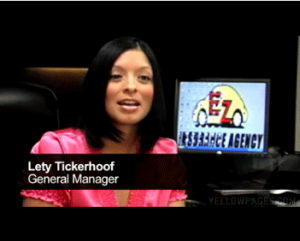Pretty much all states in the USA require motorists to have some form of auto insurance, however, lots of people get overwhelmed at the prospect of choosing what type to take out. Here are the five major types of auto insurance, and why you should consider them.
Liability
This is the minimum amount of coverage needed for most states. Liability insurance covers you if the accident was determined to be your fault, and it focuses on repairing any damage to property and/or any medical bills incurred in the accident.
Collision
This kind of insurance pays for repairs for your damaged vehicle only. If an accident totals your vehicle, collision coverage will pay equivalent to the value of your car. This sort of insurance is encouraged for owners of newer vehicles.
Comprehensive Coverage
Liability and collision insurance covers automobile accidents, but are never invoked for other kinds of unfortunate events. Damage due to weather, wildlife and other random things are under the umbrella of comprehensive coverage. This sort of coverage is considered expensive, but can be a lifesaver. It will even cover you if your vehicle is stolen!
Personal Injury Protection
Total costs from an automobile accident can be intense. Personal injury protection coverage assists in paying off medical bills incurred due to an auto accident, even the injuries of whatever passengers you had on board your vehicle when the event happened. This insurance has you covered whether you were the cause of the accident or not. It’s crucial to note that this coverage is not available in all states, however.
Uninsured and Underinsured Motorist Protection
There are considerable amounts of motorists on the road that are uninsured, even though state laws require them to be. Additionally, while some drivers may have basic liability insurance, it may not be enough to cover a state’s rules regarding low minimum coverage, which will reduce the total amount of coverage for the accident. Uninsured/underinsured motorist protection insurance provides assistance in both of these scenarios and fills in the gaps left by the opposing party’s neglect in their insurance plan.




